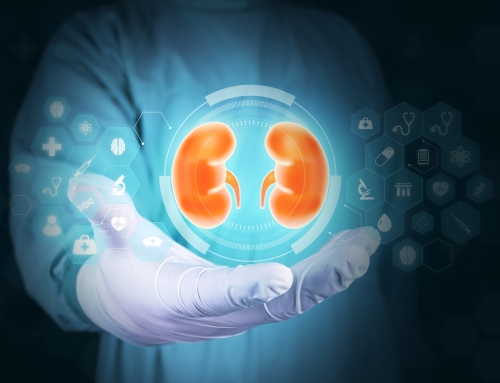Food Diary
A food diary is an easy way to monitor the foods and liquids in your diet. The diary can help you identify trouble spots and make quick fixes.
Your renal dietitian can help you get a food diary or you can check for one online.
Food labels can help you with your food diary and help you choose healthier, kidney-friendly foods. Talk to your renal dietitian about what to look for before you shop.
Since imbalances of minerals such as phosphorus and potassium are a concern for patients on dialysis, ask your renal dietitian how many milligrams (mg) of these minerals you should have each day. Remember that “percent daily values” on products are for someone without kidney disease, so your needs may differ. Generally, however,
- A food is low in phosphorus if it has fewer than 50 mg (or less than 5%)
- A food is high in phosphorus if it has more than 150 mg (or greater than 15%)
- A food is low in potassium if it has fewer than 100 mg (or less than 3%)
- A food is high in potassium if it has more than 200 mg (or greater than 6%)
If a food label doesn’t list phosphorus or potassium, it doesn’t mean they aren’t in there. Talk to your renal dietitian if you’re unsure.
Before making any changes to your diet, please talk with your doctor or renal dietitian.
Tips for Eating Out
You can stick with a kidney-friendly diet and still enjoy dining out. The key is to plan ahead. You may have to cut back on fluids, sodium, potassium, and phosphorus in your other meals the day you’re eating out.
- Tell your server, “No salt, please”
- Order sauces served on the side
- Don’t forget to bring your medications with you and take them as directed



